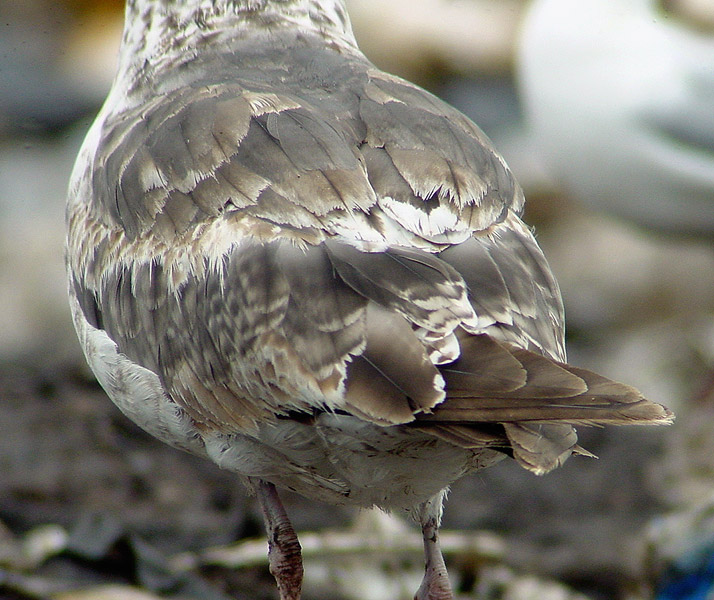 nominate Lesser Black-backed Gull (L. fuscus)
nominate Lesser Black-backed Gull (L. fuscus)
(last update:
Amir Ben Dov (Israel)
Hannu Koskinen (Finland)
Mars Muusse (the Netherlands)
fuscus 1cy July
fuscus 1cy Aug
fuscus 1cy Sept
fuscus 1cy Oct
fuscus 1cy Nov
fuscus 1cy Dec
fuscus 2cy Jan
fuscus 2cy Feb
fuscus 2cy March
fuscus 2cy April
fuscus 2cy May
fuscus 2cy June
fuscus 2cy July
fuscus 2cy Aug
fuscus 2cy Sept
fuscus 2cy Oct
fuscus 2cy Nov
fuscus 2cy Dec
fuscus 3cy Jan
fuscus 3cy Feb
fuscus 3cy March
fuscus 3cy April
fuscus 3cy May
fuscus 3cy June
fuscus 3cy July
fuscus 3cy August
fuscus 3cy Sept
fuscus 3cy October
fuscus 3cy Nov
fuscus 3cy Dec
fuscus 4cy Jan
fuscus 4cy Feb
fuscus 4cy March
fuscus 4cy April
fuscus 4cy May
fuscus 4cy June
fuscus 4cy July
fuscus 4cy Aug
fuscus 4cy Sept
fuscus 4cy Oct
fuscus 4cy Nov
fuscus 4cy Dec
fuscus ad Jan
fuscus ad Feb
fuscus ad March
fuscus ad April
fuscus ad May
fuscus ad June
fuscus ad July
fuscus ad Aug
fuscus unringed Aug
fuscus ad Sept
fuscus ad Oct
fuscus ad Nov
fuscus ad Dec
(4 images) Larus fuscus fuscus (?) 2cy, July 09-17 2003, Tampere, Finland (61.33N 24.59E).
Some 2cy birds on the Tampere dump in Finland in July show characteristics which normally do not associate with classic fuscus. Here is an individual which much resembles graellsii / intermedius, with very restricted post-juvenile moult, no wing-coverts or flight-feathers were moulted in the winter quarters. By mid-July, the primary moult stage is just in line with other NW European gull taxa: P1-P2 are fully grown, P3 is growing, P4-P5 are missing and P6-P10 are still juvenile (PMS = 16). By July 17, the primary moult score slightly increased to 18, with P3 as long as P2 and P4 clearly visible. All rectrices and secondaries are still juvenile and probably the moult in the flight feathers will take place in an ordinary sequence and timing as in intermedius / graellsii. Moult score overlaps with average intermedius/graellsii in July in NW Europe (see July section), but see e.g. this advanced LBBG in the Netherlands, with P6 fully grown and P7 growing. Typical Finnish fuscus in July have replaced primaries, rectrices and secondaries, all moulted in a complete post-juvenile moult on the wintering grounds, prior to northbound migration. The new second generation primaries are only a couple of months old and still look dark blackish. The second generation tail-feathers normally still show the white tips, but in some individuals these tips are worn away when 2cy birds arrive back in Scandinavia. Immediately after returning in Scandinavia some 2cy fuscus start a new moult cycle in the inner primaries, now growing in third generation feathers. |
 July 17 2004
July 17 2004 July 11 2004
July 11 2004 July 12 2004
July 12 2004 July 17 2004
July 17 2004